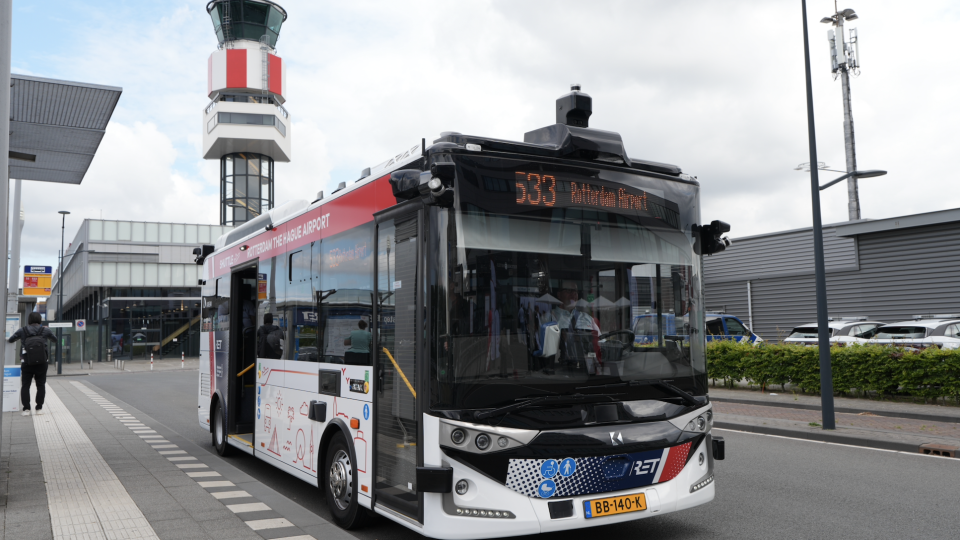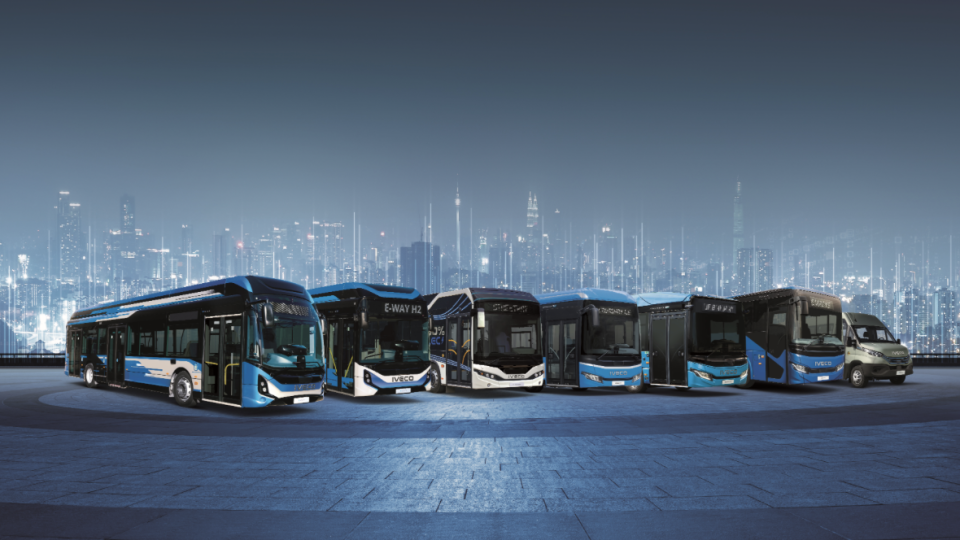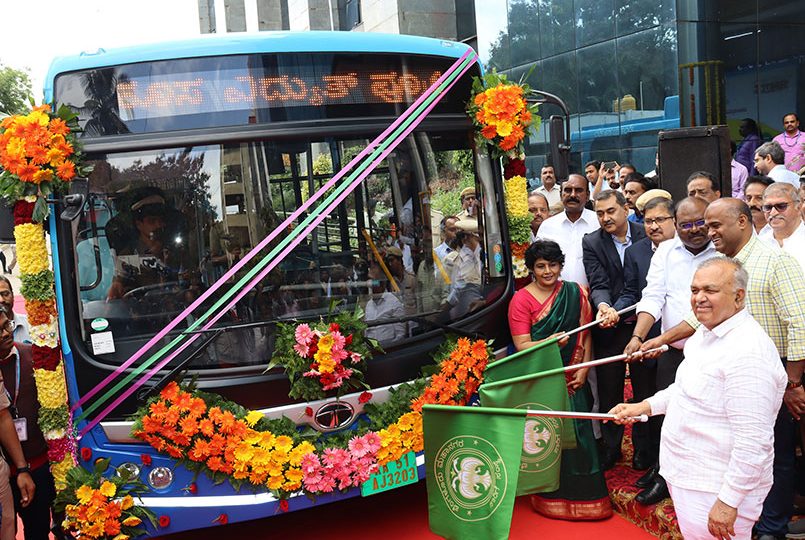Mobility predictions for 2023? Energy consumption, robo-taxis, MaaS [Next Stop #1]
End and beginning of a year are quite good timing for recaps and forecasts. Here we go with a batch of predictions. BloombergNEF ‘Electric Vehicles Outlook 2022’, out late last year, highlighted that transport is the only other sector on track to reduce emissions by 2050. Uptake of electric vehicles in the road segment will lead to a “22% reduction […]

End and beginning of a year are quite good timing for recaps and forecasts. Here we go with a batch of predictions. BloombergNEF ‘Electric Vehicles Outlook 2022’, out late last year, highlighted that transport is the only other sector on track to reduce emissions by 2050. Uptake of electric vehicles in the road segment will lead to a “22% reduction in overall transport emissions by 2050, or 13% after accounting for emissions from power generation”.
What is interesting, still according to BNEF EVO, is that “Taken together, electric passenger vehicles, commercial vehicles, buses, trucks and two- and three-wheelers create an additional 5,640 terawatt-hours of power demand by 2050 (about 14% of global electricity consumption), but their efficiency advantage against internal combustion engines means that final energy consumption in all of transport is down 21% by 2050, despite rising demand for all modes of transport”.
This article was published in the first issue of our newly-launched newsletter Next Stop.
Every Friday, we try to help giving a better perspective on what is going on in the mobility world. Trying to anticipate which will be the NEXT STOP
Can check the newsletters’ archive HERE.
And sign up HERE

Economics of driverless movers
McKinsey & Company has been surveying the robo-taxi segment, that has been under the lens at CES in Las Vegas with unveiling of some new prototypes (among those: ZF and Benteler Holon). The focus of the consulting’s report is on economics, as McKinsey estimates that “the cost per mile of a robo-taxi trip could be just 20 percent higher than that of a private nonautonomous car in certain contexts”.
Consequences for public transport operators will depend on the strategies put in place by municipalities and transit agencies, that “can influence pricing via subsidies or license costs to steer their mobility mix. Such moves might involve trying to build integrated transit systems that combine different mobility modes or taking steps to make robo-shuttles more attractive than private cars but less attractive than urban transit”.
This recalls the policy objectives that should always underpin Mobility as a Service schemes, as mentioned by UITP Senior Director, Strategy Sylvain Haon in an interview with Sustainable Bus: “Whatever the MaaS model is, it has to put public transport at its heart. Whatever steer the traveller away from the private car is good: walking, cycling, car sharing, bike sharing, those are all good for public transport”.








